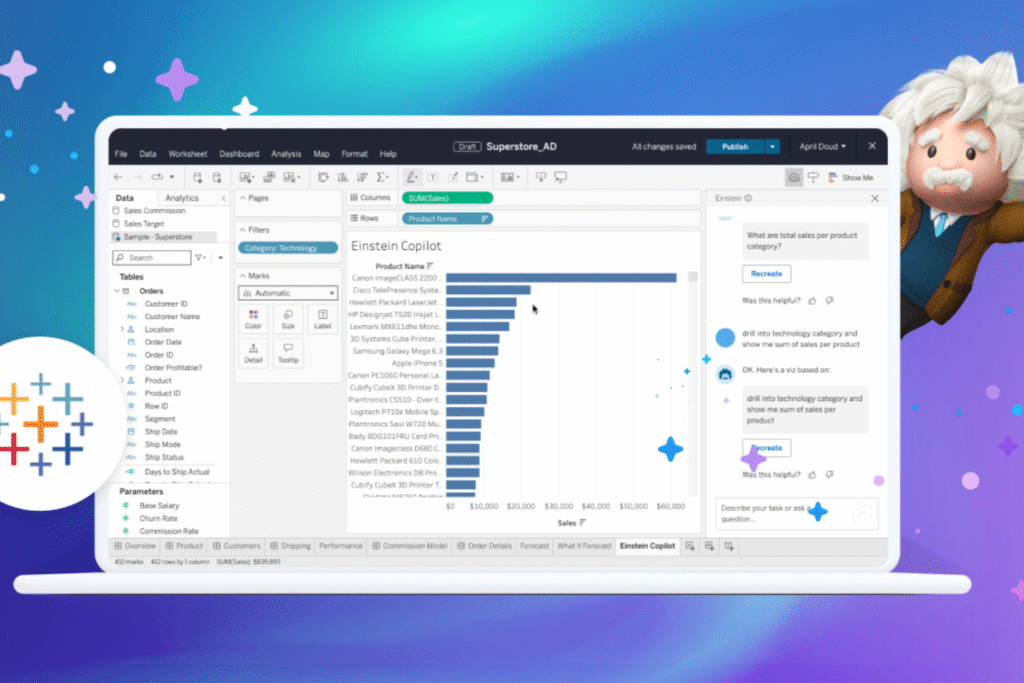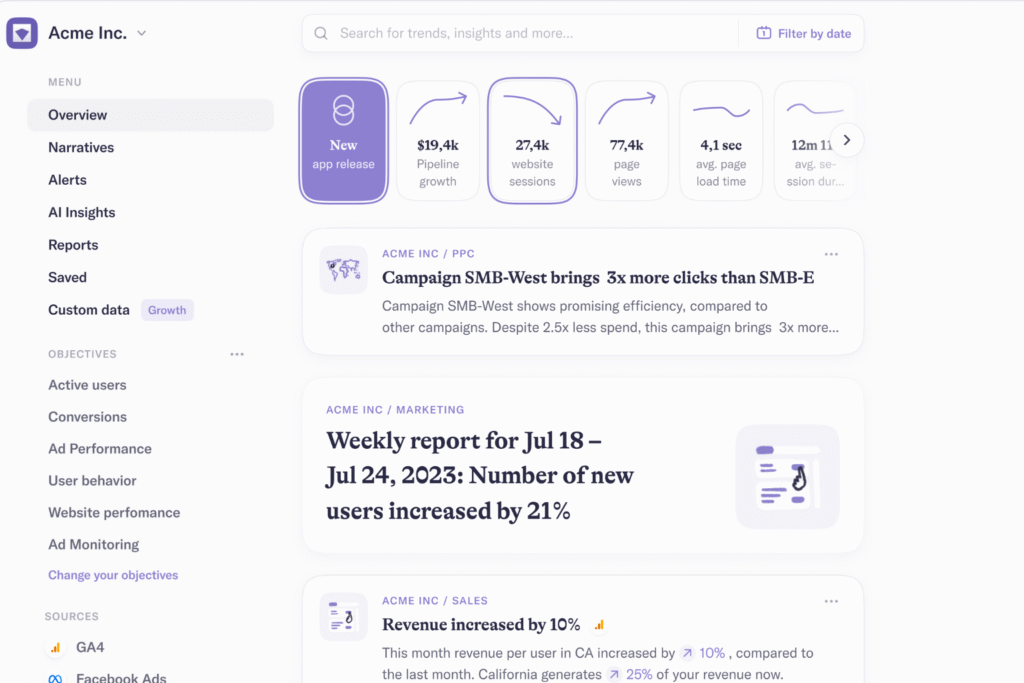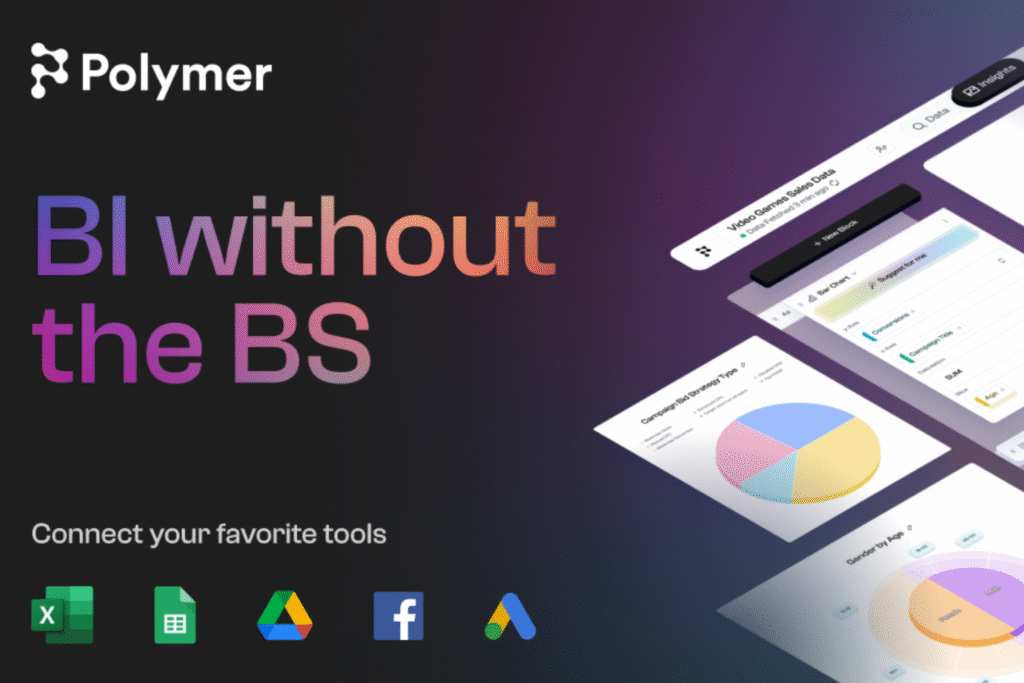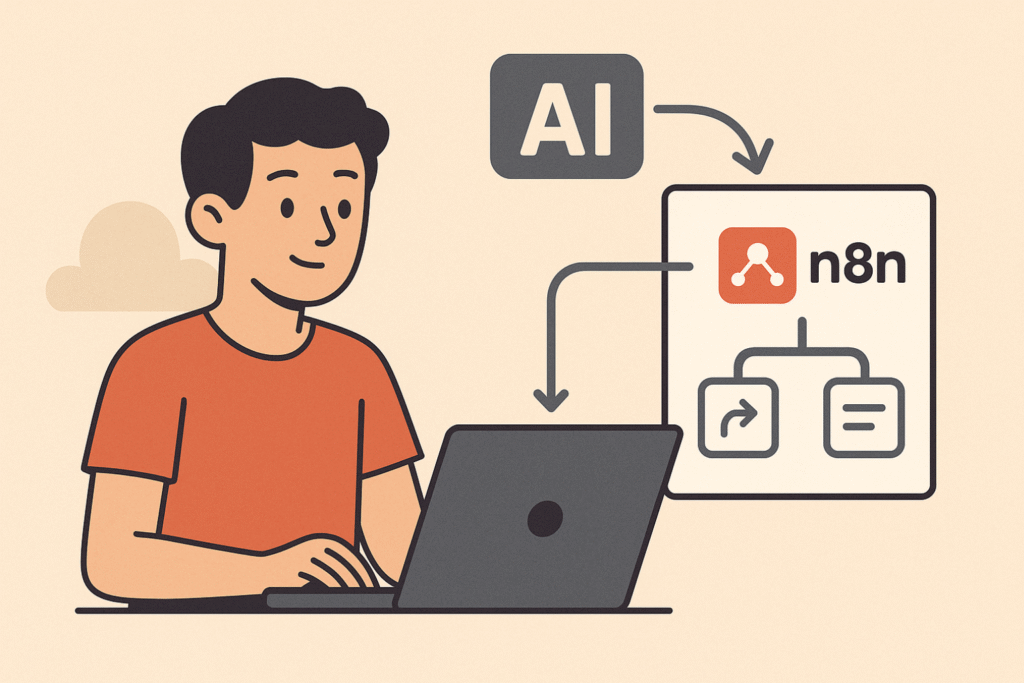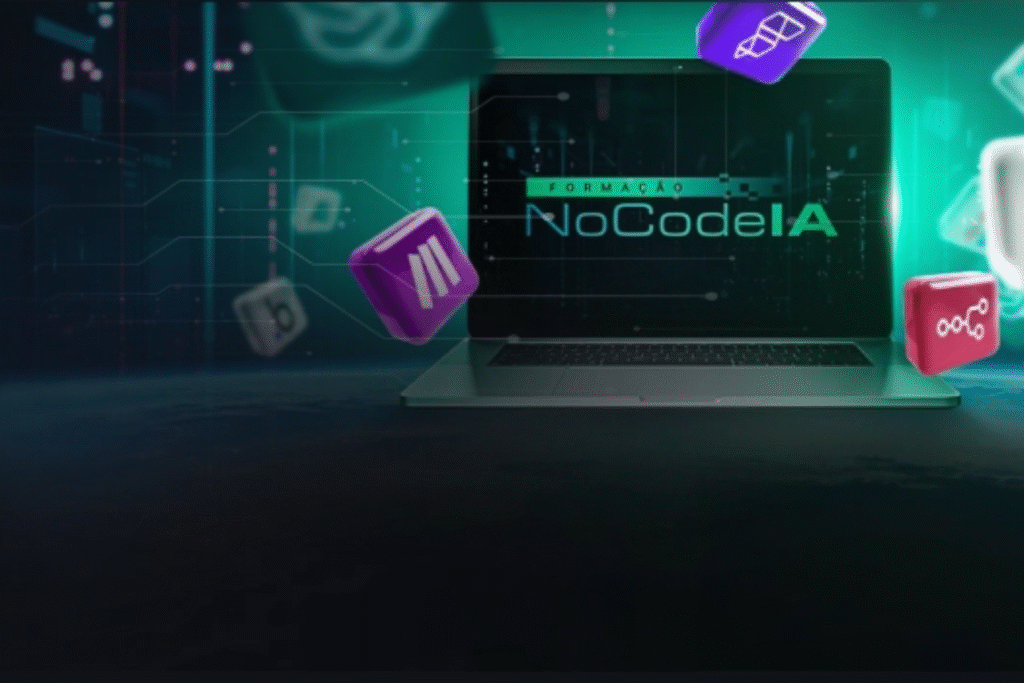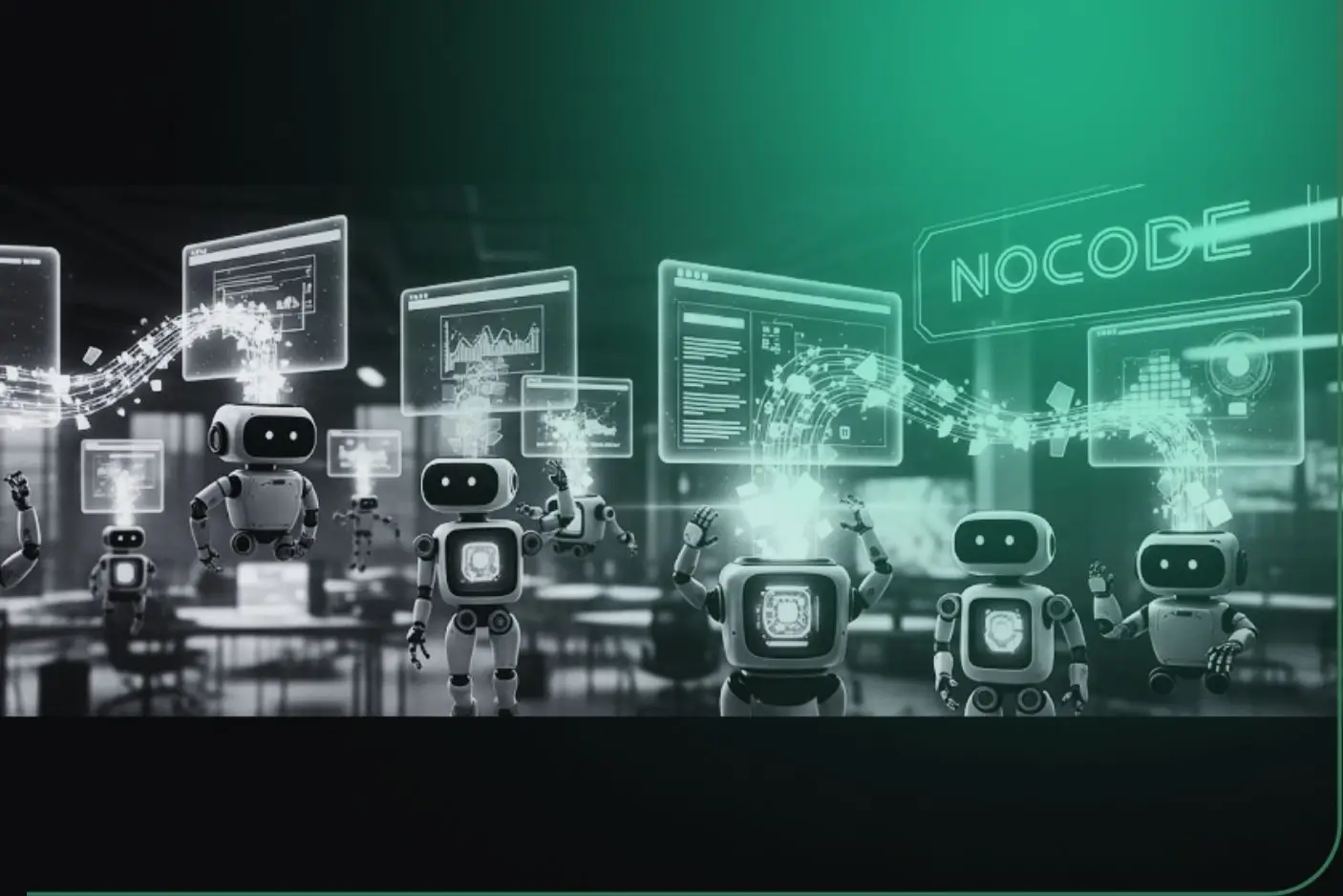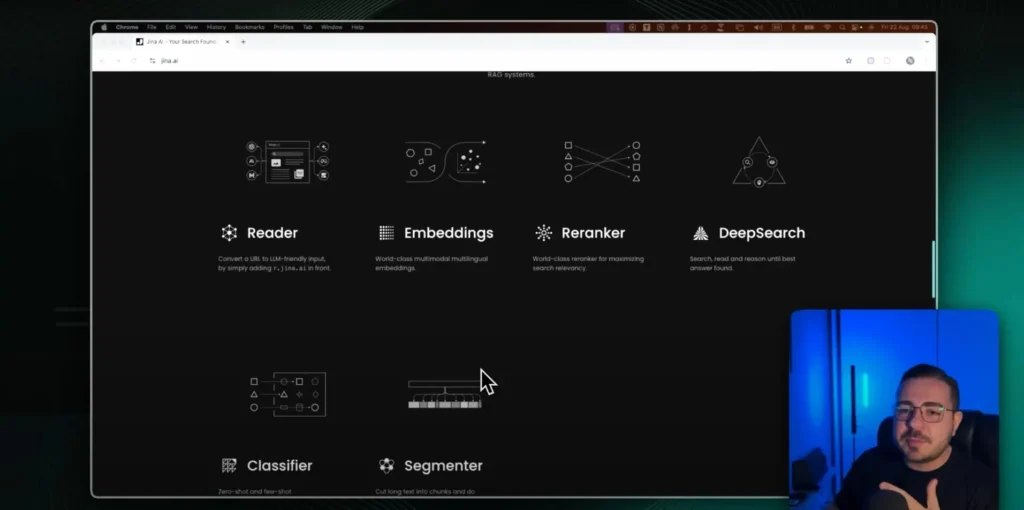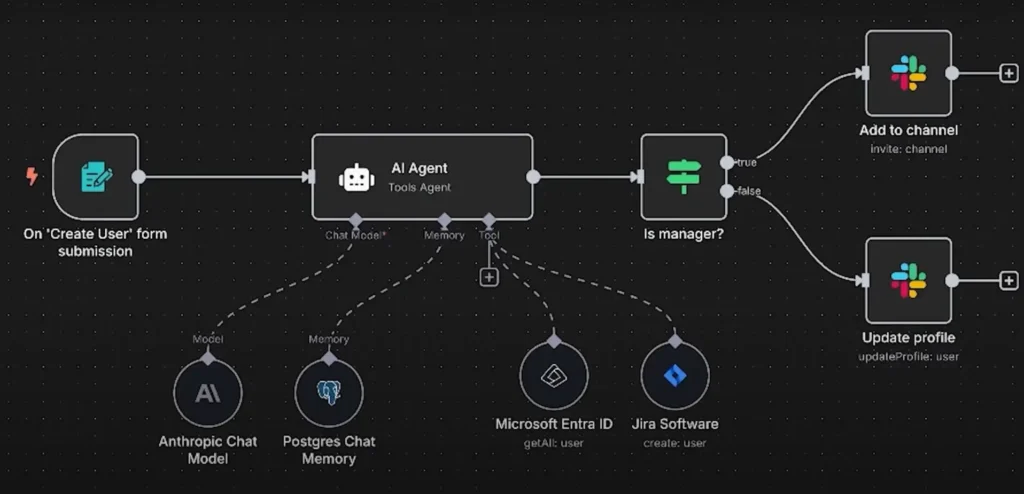Estimated reading time: 9 minutes
In the ever-evolving world of technology, the ability to create robust software as a Service (SaaS) platforms without extensive coding knowledge is becoming increasingly accessible, and even how to create AI product without code.
This guide will walk you through the process of how to create a successful AI product using no-code tools, breaking it down into three main parts: creating a successful product, developing a SaaS no-code, and integrating with AI tools.
1. Building a Successful AI Product
First and foremost, the foundation of any successful SaaS project is a well-thought-out product idea. The Lean Startup methodology serves as an excellent framework for this process, emphasizing the importance of rapid iteration and feedback from real users. So here's how you can get started:
Identifying a pain point
Every great product starts with identifying a problem worth solving. Which involves examining your niche or industry to find prevalent pain points. For example:
- Legal Industry: If you are a lawyer, you may notice inefficiencies in case management or client communication.
- Healthcare: As a doctor, you may see challenges managing patient data or scheduling appointments.
- Dentistry: Dentists may encounter recurring problems with patient follow-up or billing processes.
Thus, understanding these pain points provides a foundation for how to create an AI product that meets real needs.
Validating your idea
After identifying a potential problem, the next step is to validate your idea. Platforms like Product Hunt and Acquire can be invaluable resources for this purpose.
These platforms feature successful projects and tools, allowing you to see what's working in the market. So watching these trends can help you refine your idea and ensure there is demand for your solution.
How to create a viable and desirable AI product

To ensure the success of your product, it must meet three main criteria:
- The product must have the potential for sustainable growth. This means planning for scalability and long-term viability from the beginning.
- Your product must address a genuine need or problem that your target customers are eager to solve. This involves conducting market research and collecting feedback from potential users.
- Ensure the product can be technically built using available tools and resources. This is where no-code platforms come into play, allowing you to create complex solutions without extensive coding knowledge.
2. Developing SaaS without code
In order to understand how to create a validated AI product, it is time to move on to the development phase. No-code platforms have revolutionized the way SaaS products are built.
This made it possible for anyone to create sophisticated applications without writing code. So here is a detailed look at the development process:
Front-end development (user interface)
The frontend is where users interact with your application. Several no-code tools can help you design and build easy-to-use interfaces:
- FlutterFlow: A powerful tool to create web and mobile apps with ease.
- Bubble: Ideal for create web applications with drag and drop functionality.
- WhatsApp Integration: For apps that involve messaging, using WhatsApp as an interface can be highly effective.
Focus on designing an intuitive user interface (UI) that provides a seamless user experience (UX). Therefore, this involves creating wireframes, mockups, and prototypes to test with potential users.
Backend Development (Database and Logic)
The backend is the engine that powers your application, handling data storage, processing, and business logic. Thus, no-code platforms offer robust solutions for backend development:
- Supabase: A scalable, open-source backend solution that supports real-time data and authentication.
- N8n: A workflow automation tool that connects multiple services and automates backend processes.
In this way, these tools allow you to model your database effectively, ensuring that your application can handle user data efficiently.
APIs and integrations
Integrating external services via APIs is crucial to adding advanced functionality to your SaaS. For example:
- OpenAI Integration: Connect your app to AI models like GPT to provide features like chatbots, text generation, and more.
- Stripe: Integrate payment processing to handle subscriptions and transactions.
- Google Maps: Add location-based services to your app.
Thus, APIs allow you to leverage the power of external platforms and enhance your SaaS with additional features.
3. Integrating AI into your SaaS

Finally, we have reached the final step in building your SaaS without code is the AI feature integration. AI can significantly improve your product if you know how to create product AI the right way.
Thus, providing smart features that improve user experience and efficiency. So, here's how to integrate AI into your SaaS effectively:
Understanding AI Models
There are several AI models available for different purposes. Therefore, check out an analysis of the main categories below:
- Text and chat models: Use models like GPT from OpenAI for natural language processing, chatbots, and text generation. After all, these models can understand and generate human-like text, making them ideal for customer support, content creation, and more.
- Image models: Implement models like DALL-E or MidJourney for image generation and manipulation. In fact, these templates can create realistic images from textual descriptions, useful for design, marketing and other visual applications.
- Audio and video templates: Use templates like Open Whisper for audio processing and tools like Synthesia for video creation. These templates can enhance multimedia content by providing features like speech-to-text, text-to-speech, and video generation.
Connecting models to create an AI product
Instead of create AI capabilities From scratch, leverage existing AI models through APIs. After all, this approach allows you to add sophisticated features quickly and efficiently. For example:
- Chatbots and virtual assistants: Integrate GPT templates to create intelligent chatbots that can answer customer queries, provide recommendations, and automate support tasks.
- Image Processing: Use DALL-E to generate marketing images or MidJourney to create unique works of art.
- Multimedia enhancements: Embed Open Whisper for transcription services or Synthesia to create personalized video messages.
Implementing AI in your SaaS
Integrating AI into your SaaS involves a few key steps:
- Identify AI use cases: Determine where AI can add the most value to your product. This could be to automate customer support, improve user interactions, or provide data insights.
- Choose the right models: Select the AI models that best fit your use cases. Therefore, consider factors such as model accuracy, scalability and ease of integration.
- Integrate via APIs: Use APIs to connect your SaaS to your chosen AI models. So, make sure the integration is seamless and the AI features are well integrated into your user interface.
Conclusion: Creating an AI Product
In short, creating a successful no-code AI SaaS is an achievable goal with the right approach and tools. Therefore, by focusing on identifying and solving real problems you can learn how to create powerful AI SaaS products that meet market needs and stand out from the competition.
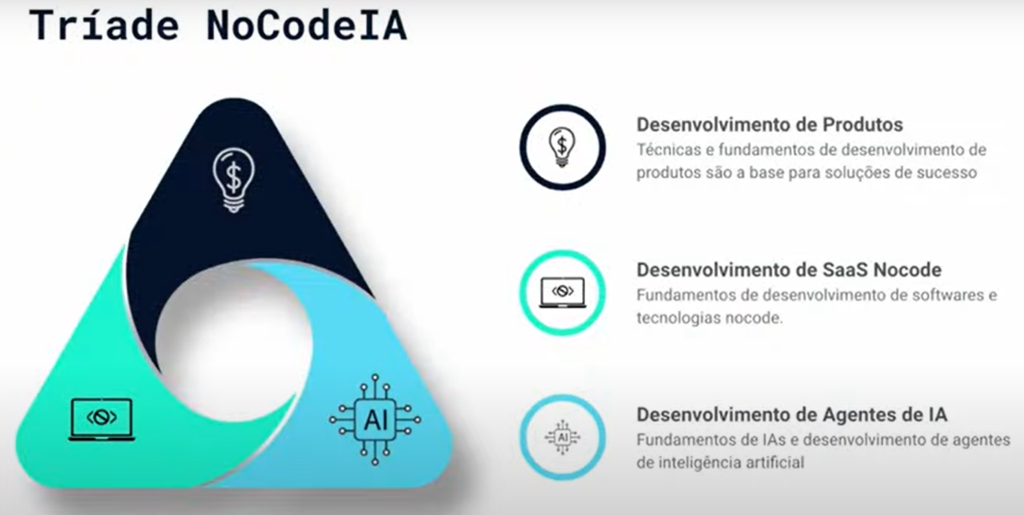
In short, the process involves:
- Identifying and validating a product idea: Make sure it is viable, desirable, and viable.
- Knowing how to create AI products using no-code tools: focus on frontend and backend development, as well as necessary integrations.
- AI Feature Integration: Enhance your SaaS with intelligent features that improve functionality and user experience.
Additionally, for those who wish to delve deeper into this process, our comprehensive training program offers in-depth guidance, practical examples, and access to a community of like-minded creators.
So whether you're a beginner or looking to advance your skills, this program provides the tools and knowledge you need to succeed in the no-code AI SaaS space. Finally, we're here to help you create the next big thing in SaaS with AI!








